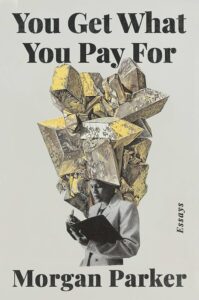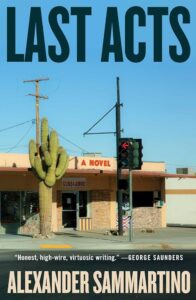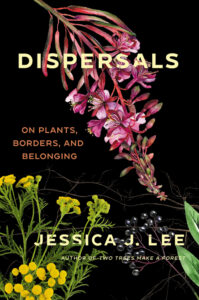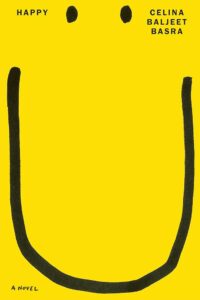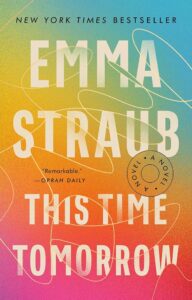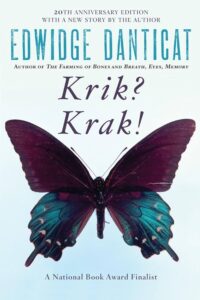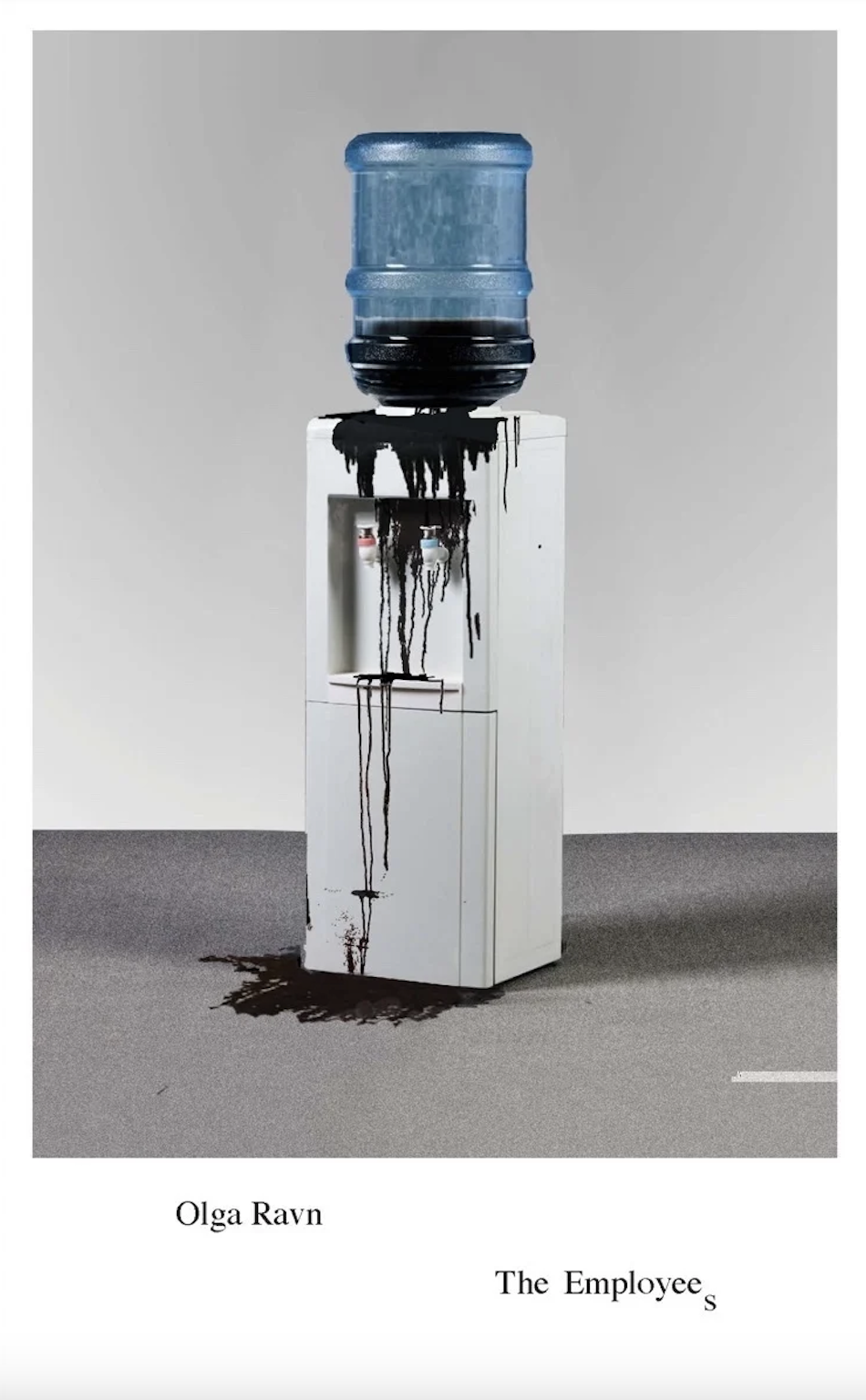In Sammartino’s novel, the American dream unfolds in gun shops under a burning sky. A vivid depiction of the Arizona desert sets the scene for a father-son drama that lifts the floorboards on gun violence, exposing the entanglements of national want, religious symbol, myth, and blood.
Jessica J. Lee’s Dispersals: On Plants, Borders and Belonging
A collection of 14 essays examining the movement—voluntary, forced and accidental—of people and plants across landscapes. Lee considers the indifference of seeds, trees, and rhizomes to human-made borders as she tells stories about the migrations and upheavals that have defined her life, and our moment.
Celina Baljeet Basra’s Happy
“Everything about Happy Singh Soni, the titular hero of Celina Baljeet Basra’s stinging first novel, is unlikely … But everything that comes to happen to him in this, the late-capitalist phase of a global economy, is sadly likely. A dreamer and an optimist, Happy is easy prey for the rapacious market in human trafficking that trundles the desperate over borders.” —Melissa Holbrook Pierson
Shattuck’s short story collection traces the ways in which past and present entwine and metamorphose across three centuries in New England. Portraying the very real ways historical love and loss haunt the present, the 14 stories are equally as atmospheric as they are richly insightful. When you’re finished, you can look forward to the forthcoming film starring Paul Mescal that Shattuck’s collection inspired.
Hanif Abdurraqib’s There’s Always This Year: On Basketball and Ascension
Memoir, social commentary, and personal narrative all at once, Abdurraqib moves from his brother cutting his hair to the shape of the orange Spalding rock into the political artistry of LeBron and high school basketball in Columbus, Ohio in the late ’90s. “It’s that moment when the basketball almost stops to admire itself in midair—where it came from and where it is going in arc of its ascension, in that quiet moment.” —Matthew Lippman
Jami Nakamura Lin’s The Night Parade
A meditation on the nature of mental illness combined with a fascinating ethnography of the yōkai—the monsters of Japanese folklore. With an ambition and experimental form that pays off, Lin’s memoir looks at her culture’s storytelling traditions, draws from their resources, and probes their limitations as she narrates the “monsters” that haunt her own life.
“Emma Straub’s This Time Tomorrow does have a pretty dramatic premise; drunk on her fortieth birthday, Alice accidentally time-travels back to her sixteenth birthday. … [but] it doesn’t need to raise the stakes ever higher to keep you reading. The stakes are life—will we make it, will we do it right? Can it be done right, ever, even if you can do it all again?” —Emily Everett
Danticat’s story collection narrates the lives of nine Haitian individuals, mostly women, with an epilogue revealing how the characters are connected to each other. Blurring the line between historical fiction and fantasy, Danticat’s stories deftly trace how generational trauma is inherited, and how it evolves into a different beast in each new person it passes through.
“Narratively driven and lyrically evocative, The Legible Element by Ralph Sneeden is a collection of personal essays that threads stories of surfing, sailing, teaching, fishing, and even pond hockey through deep meditations about adolescence, fatherhood, marriage, family, aging, and the natural world.” —Matt W. Miller

